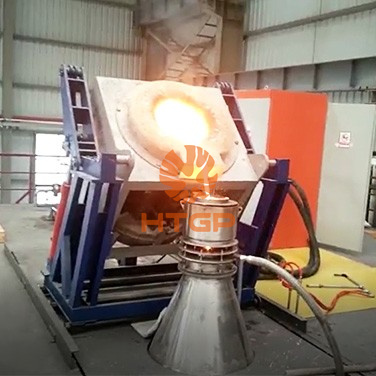From Furnaces to Roads: How Steel is Melted and Made
Steel is so strong and has many effects on our lives. Humans have used this metal as a resource to make our vehicles since 1800.
Steel forging and automobile manufacturing are quite long and interesting processes. If you want to learn more about how to melt steel into auto parts to keep us safe on the road, keep reading.
Which auto parts require steel?
Steel is used for gears, engine parts and the body of the car itself. It’s a very solid substance, yet malleable if exposed to the right elements. It is also easy to bond metal parts to other parts when welding, making it ideal for trains, planes and cars.
Using an induction furnace for melting steel
First, the model is sketched out. Each design is configured down to the last detail before the steel is melted. Then, the melting process can begin. Because the melting point of steel is so high, a unique furnace is required to melt it to a usable temperature.
The melting point of steel is as high as 1370°C. More than a simple furnace is required to melt and shape this sturdy metal.
This is where the induction forge comes into play. Furnaces can turn this hard metal into molten iron. The final product is then packaged and shipped to the manufacturer. Using an induction melting furnace is more efficient than a conventional gas furnace. Not only do they distribute heat more evenly, but they also significantly improve the environment by emitting less waste and gas into the air.
Some Final Thoughts on Steel
Steel is a valuable and useful resource when making cars, planes and trains. We really can’t get around without it. However, the tools we use to melt and shape this metal are just as important. Without an induction melting furnace, the process of melting metal can be difficult.
Metals have come a long way from furnaces to highways, but without that process we wouldn’t be living in the convenient and advanced world we live in.
Video of the use process of the furnace


